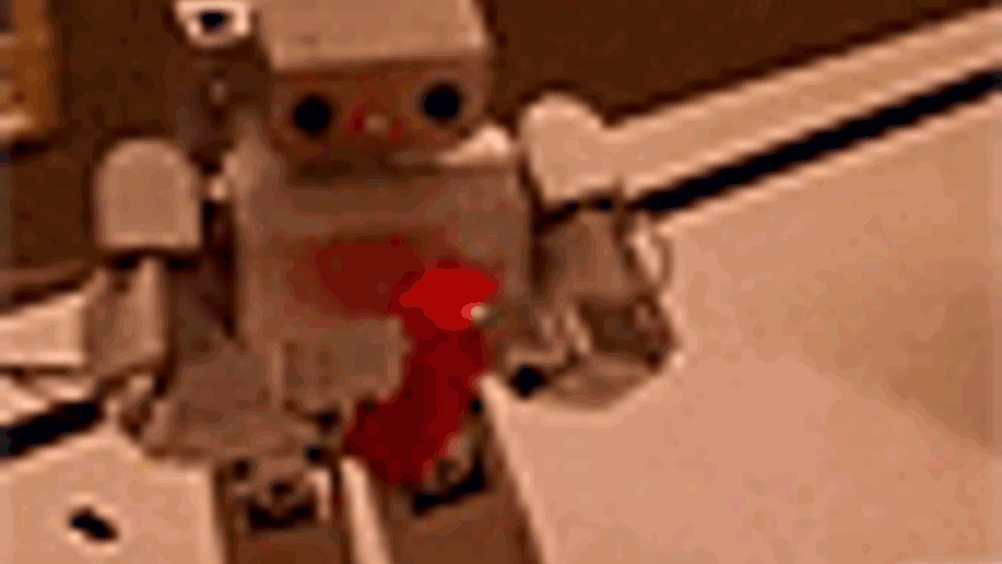Power of thought moves robot

University of Washington researchers have discovered a method to control the movement of a humanoid robot with signals from a human brain.
Rajesh Rao, associate professor of computer science and engineering, and his students have demonstrated that an individual can "order" a robot to move to specific locations and pick up specific objects by generating the proper brain waves that reflect the individual's instructions. The results were presented last week at the Current Trends in Brain-Computer Interfacing meeting in Whistler, British Columbia.
"This is really a proof-of-concept demonstration," Rao says. "It suggests that one day we might be able to use semi-autonomous robots for such jobs as helping disabled people or performing routine tasks in a person's home."
The controlling individual -- in this case a graduate student in Rao's lab -- wears a cap dotted with 32 electrodes. The electrodes pick up brain signals from the scalp based on a technique called electroencephalography. The person watches the robot's movements on a computer screen via two cameras, one mounted on the robot and another above it.
Register now to continue reading
Thanks for visiting The Engineer. You’ve now reached your monthly limit of news stories. Register for free to unlock unlimited access to all of our news coverage, as well as premium content including opinion, in-depth features and special reports.
Benefits of registering
-
In-depth insights and coverage of key emerging trends
-
Unrestricted access to special reports throughout the year
-
Daily technology news delivered straight to your inbox










BEAS funding available to help businesses cut energy costs
And not a moment too soon, if the following exchange broadcast last Friday 13th June, on the Radio 4 ´Rare Earth´ program (link below, ~ 17 minutes...